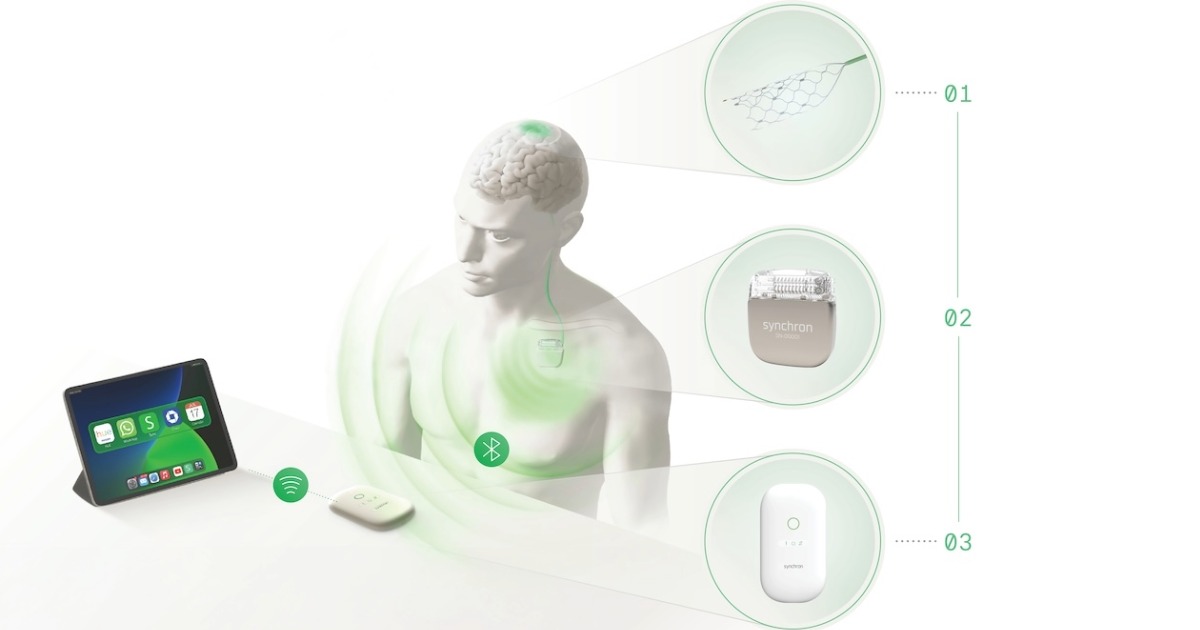A new report shows that healthcare communications professionals prefer YouTube over Twitter, Facebook and LinkedIn.
According to the study, conducted by Ideahaus and published in the current issue of the Journal of Communication in Healthcare, these professionals are shaping best practices for marketing communications in the healthcare space despite a lack of FDA guidance in the use of social media in healthcare.
The study surveyed 107 healthcare, pharmaceutical and life sciences executives on the use of social media, according to a May 15 news release. Survey respondents hold positions from CEO to CIO, from marketing director to brand manager, are active in their positions and serve primarily in the United States. "The results are surprising, especially given the historically conservative nature of the healthcare marketing community," the news release said.
The survey focused on those who are tasked with the development, creation and delivery of brand and product information to target audiences. When asked about whether marketers should be permitted to use social media to promote their products and services to the public, most were positive. The mix of media (i.e. YouTube, Flickr, Twitter etc.) appears to be as important as the message.
The data indicates healthcare communications professionals are most reticent to adopt Twitter, a mainstream corporate communications tool. YouTube's acceptability was pervasive - twice that of Flickr or Twitter. The study also flushed out a number of perceived risks of embracing social media marketing in healthcare communications.
Intuitively, Twitter would seem to be the most likely adopted marketing tool, based on its 140-character limit - no photos, few words, simple messages and clean delivery. But this isn't the case for surveyed healthcare communications professionals, researchers said.
Social media has long been a resource for industries such as financial services, lifestyle products and retailers, but healthcare has been slow to adopt.
Kevin Popovic, founder and CEO of San Diego-based Ideahaus and co-author of the study, conducted much of the research from the company's studios in Pittsburgh and San Diego. "We've worked with every type of business for more than 20 years," he said. "As new types of communications have evolved, most industries have kept pace - except healthcare - and the hesitancy stems from a lack of guidelines from the FDA."
"There is no question that the FDA's lack of leadership in providing guidelines has limited the broad adoption of social media," said Chauncey Smith of Pittsburgh-based MarketSMITH Services, who co-authored the paper. "Can these media be abused as a promotional communication channel by not being fair and balanced? Absolutely. But could social media become a force for positive change in healthcare? We think so, which is why we will continue exploring this topic."
The project is a follow-up to 'Tweeting@DoctorWelby: Practical Examples of Social Media in Healthcare,' which was published in 2010 in the Journal of Communication in Healthcare (Vol. 3, No. 2).
Popovic and Smith said they believe social media should be embraced as an integral part of any healthcare communication plan, and they see signs that this is occurring with greater scale and frequency.
The full version of 'Attitudes on the Use of Social Media in Healthcare Communications' is available here.


